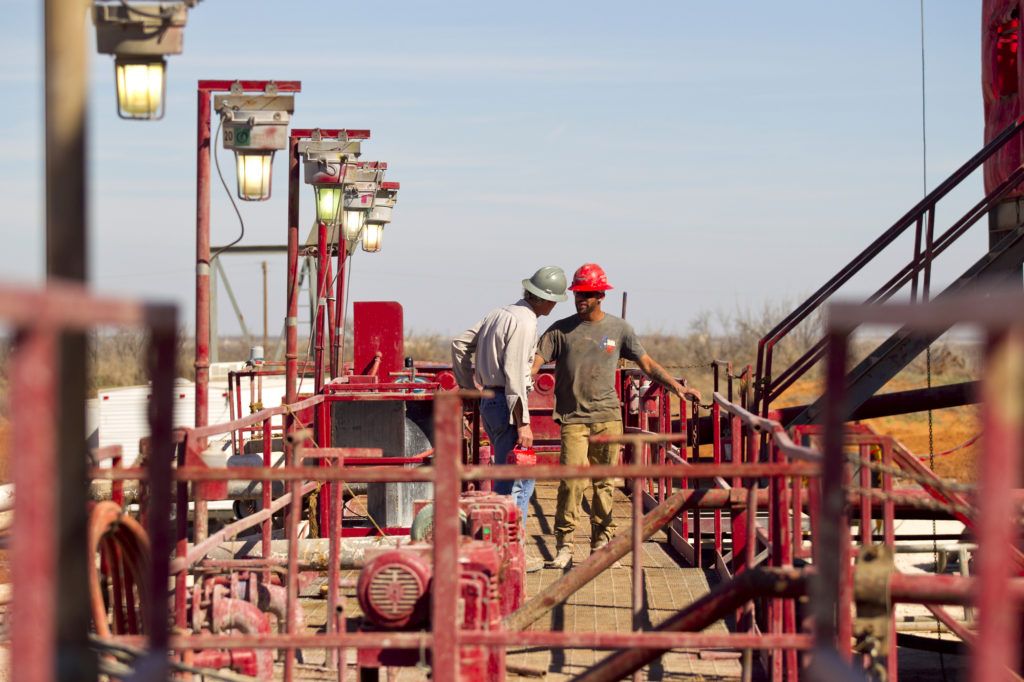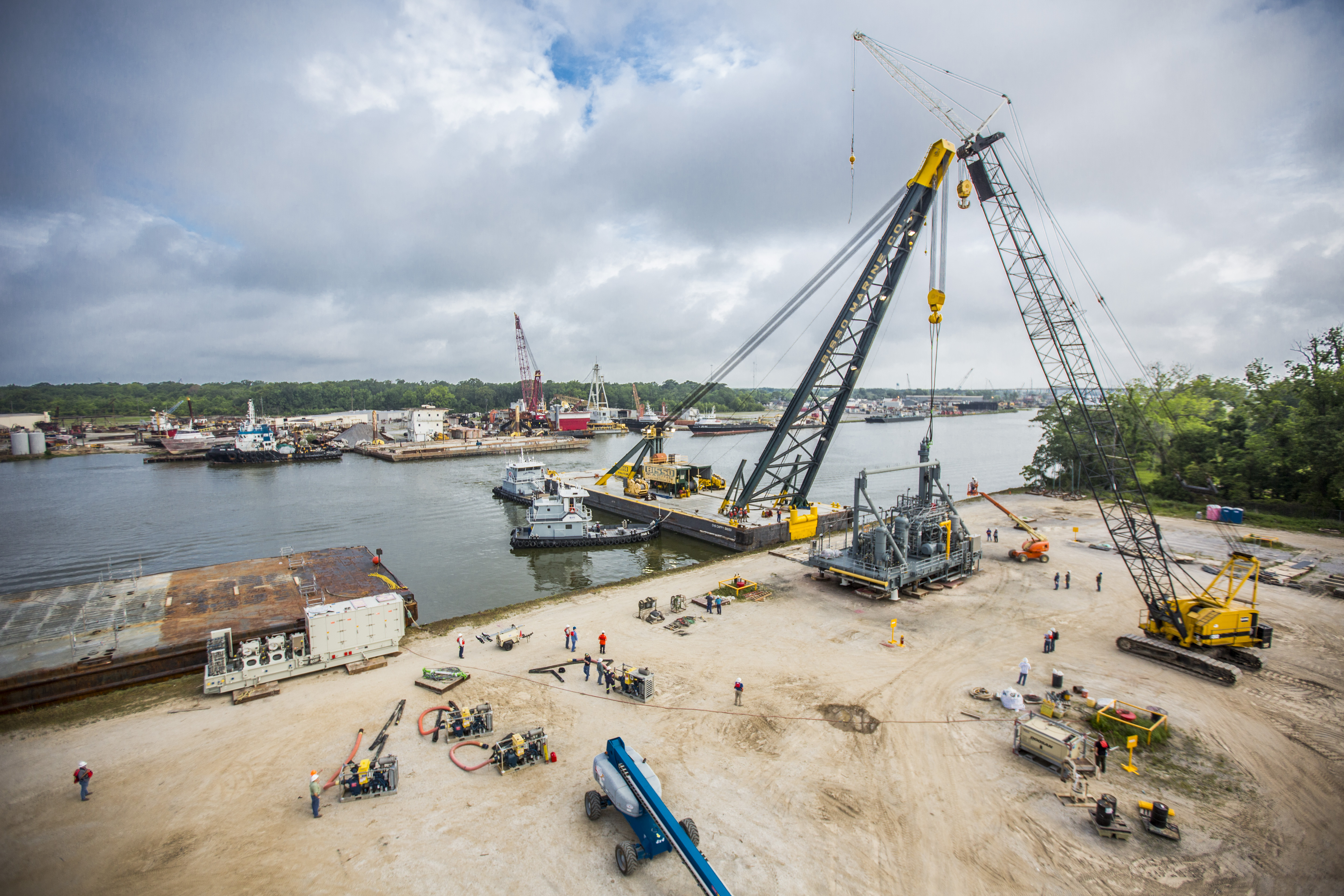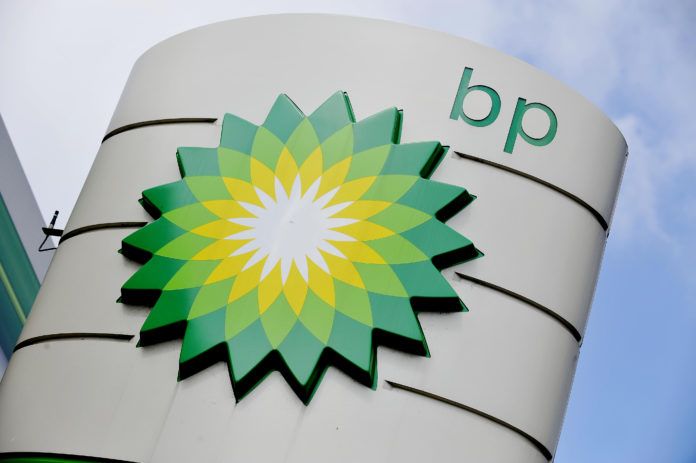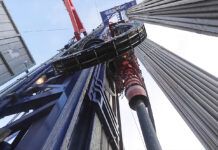Most oil patch owners, contractors and suppliers have learned the hard way in recent years that they must either adapt to a leaner low-oil price environment or suffer the consequences. This is especially true in the world of offshore oil, where dwindling returns are sending many to the shale plays.
The direness of the situation is apparent across a wide swath of south Louisiana. Houma, Lafayette, Thibodaux and other communities have suffered sharp increases in unemployment, with rates almost doubling since 2014. Moreover, the hiring of new graduates from universities and trade schools has been dialed back from historic highs, and fabrication yards once filled and backlogged have become ghost towns.
BP’s projects general manager Ryan Malone summed up the situation during his keynote speech at the Louisiana Gulf Coast Oil Exposition in Lafayette last fall. “These unprecedented reductions impacted many of you in this room and your businesses don’t look the same today as they once were,” Malone says. “Like many of the majors, we were faced with making reductions in our capital spending, and we did this so that we could map a sustainable business for the long downturn in commodity prices.”
The U.S. Interior Department’s announcement that it would hold the largest offshore auction to date, nearly 77 million acres, in March has done little to boost optimism. Turning a profit offshore has become a tenuous proposition, so the shale plays—particularly the Permian Basin—are attracting owners in droves. The Permian is largely contained in western Texas and southeastern New Mexico, and has experienced a revival of activity as the oil and gas industry’s interest in unconventional resources grows along with new technologies.
“You’re down to just the majors and super-independents that can actually be out in the Gulf anymore,” says Gifford Briggs, vice president of the Louisiana Oil & Gas Association. “Why would you go when you know that for $9 million you can drill a well, do a 10,000-foot lateral, get ‘X’ production off of that, and it’s almost 100% guaranteed? The risks are much higher in the Gulf, where you could spend $1 billion or $2 billion … and that’s not guaranteed.”
EFFECT ON SUPPLIERS

BP’s Malone says the mass exodus of oil companies from the Gulf of Mexico has dramatically altered the offshore landscape. After a decade of new players entering the market, several companies have now made the decision to exit. Furthermore, about 50% of the available supply vessel fleet has been idled, the helicopter fleet has been reduced by more than 100 aircraft and seismic activity has fallen from an average of 50 surveys to just 11.
There has also been a propagation of consolidations and alliances. Companies such as Technip and FMC, Schlumberger Ltd. and Cameron International Corp., Siemens and Dresser-Rand, General Electric Co. and Baker Hughes have merged to strengthen their portfolios. And, unfortunately, bankruptcy filings have increased.
“Globally, the services industry has lost an estimated 40,000 jobs and operators have reduced staff by upwards of 90,000 personnel,” Malone says. As for BP, it maintains a presence in the Gulf by minimizing overhead and making logistical adjustments.
“We reset our approach to logistics and halved our fleet of vessels and helicopters,” Malone says. “We have also nearly halved our Gulf of Mexico staff since 2014, most of this coming from our onshore personnel. We worked closely with our third-party suppliers to capture deflation and deficiencies and continued investment to boost operating efficiency in our producing wells and our operating plants.”
More recently, BP worked with partners BHP and Chevron to re-engineer, simplify and sanction its multibillion-dollar Mad Dog Phase II offshore platform to be competitive in a $40 a barrel world. As a result, its breakeven point is now less than $40 a barrel, roughly half of what it was in 2014.
Still, for many owners the attraction of the shale plays has been too much to resist. Speaking at a Lafayette International Center luncheon, David Payne, vice president of drilling & completions at Chevron, said something had to change when the bottom fell out in 2014.
“We were all as an industry getting a little fat and a little sloppy in running our businesses, and all of us were chasing volume. Then the oil price fell. There was no way we could continue to invest as an industry at a 2% rate of return. We were all headed off a cliff and none of us noticed. So there are some things we really have to do differently going forward to turn that around.”
While the Permian Basin is by far the most attractive inland prospect for oil production, Payne says rates of return there aren’t much better. It’s all about volume, made possible by revolutionary advances in fracking technology that are just now being fully realized.
“There’s enough out there to develop for the next 40 or 50 years,” he adds, “so you really need to step back and think about re-setting your business in a way that adjusts to the new reality. There’s an opportunity, because there’s not enough people out there that really know what they’re doing. The Permian’s booming and it’s going to boom for a long time.”
INTEGRATION AND PARTNERSHIPS

Many south Louisiana oil patch companies have survived by following owners to the shale plays and diversifying their client base. They’ve also taken steps to integrate and combine services to make themselves more attractive.
Danos in Gray, Louisiana, has done all of the above. A provider of production support, construction, fabrication, coatings and logistics, Danos has lost only about 10% of its employees since the downturn, largely due to the resiliency of its business model. Prior to the oil bust, about 80% of Danos’ business was allocated to three or four clients. Today, 80% of its business is spread across 20 clients.
“That has allowed us to weather the storm,” says Mark Danos, owner executive. “If we had all of our eggs in just a few very large baskets, we’d really be hurting and scrambling. By diversifying and having a very different client base, and going into the midstream and shale sides of the business, we have a much larger pool that we’re going after.”
Danos is also taking a more integrated approach to its services. “We’re not just operating the facility or building the facility, we can do both. We don’t design it, but we can build it, install it and operate it. Our customers are saying, ‘Why deal with three or four or six different businesses if we can go to one?’ ”
Chevron’s Payne says supplier partnerships create greater efficiencies at the drill site. “We were managing more than 1,000 suppliers at oil’s peak,” he adds. “We do a lot of ‘due diligence’ on each of our contractors, and to do all of that work on that many suppliers creates a giant bureaucracy that is difficult to navigate and pulls a lot of money out of our business. So we have to get more efficient in that space. We simply cannot run an affordable business and manage that many suppliers.”
LOGA’s Briggs says some companies simply can’t follow owners to the shale plays, and have little choice but to remain entrenched in the offshore oil market. That means they have to ride out downturns when they come. “Those are the companies that are really struggling right now,” he adds. “If your whole business is crew boats or supplying tools and equipment that are specifically used offshore, you can’t just shift over to the Permian.”
One such company is marine transportation service company SeaTran Marine in New Iberia. CEO Blake Miguez says his company has been forced to adapt by looking for efficiencies in its operations and cutting equipment and staff. The company has slashed its employees from 200 in 2014 down to 75 today, including both onshore staff and offshore operators. SeaTran has also expanded its footprint by pursuing work outside the oil and gas market.
Despite all that, the company is still feeling the strain. “We’ve adapted down to such a level that some things are not sustainable at our current revenue rates,” Miguez says. “At some point, there’s got to be some type of [rate] correction to have a sustainable amount of revenue. We’re not talking about drastic increases of the cost to our clients, but we need to at least cover our cost and turn some profit so we can keep our lending institutions happy.”
“With the price of oil going back up this next year I think you’ll start seeing the operators saying, ‘You’re still getting our services for cheap. We just can’t do them for under break even anymore.’”
Of course, some operators have already shuttered their businesses in reaction to dwindling profit margins.
COMMITTED TO THE GULF
Despite a mass exodus from the offshore market, BP’s Malone remains steadfastly optimistic about offshore’s potential. Technology is making unprecedented advances, he says, and that will continue to drive down operating costs.
“That comes from a firsthand account of the amazing things that our geoscientists, engineers and data analysts are doing to drive down the cost of deep water supply, grow the resource base and execute more efficiently,” he adds. “It has yielded new exploration successes through our existing leases, beyond what we previously thought was possible.
In a return-driven business, Malone says, the company needs to embrace that mindset.
“Deepwater investments and returns have been and will remain competitive for decades to come, and this basically remains strategic to our industry and to BP,” he says. “The Gulf of Mexico remains a vital and important hydrocarbon basin for the U.S.”
This article was originally published in the first quarter 2018 edition of 10/12 Industry Report. Read more from this issue at 1012industryreport.com.








